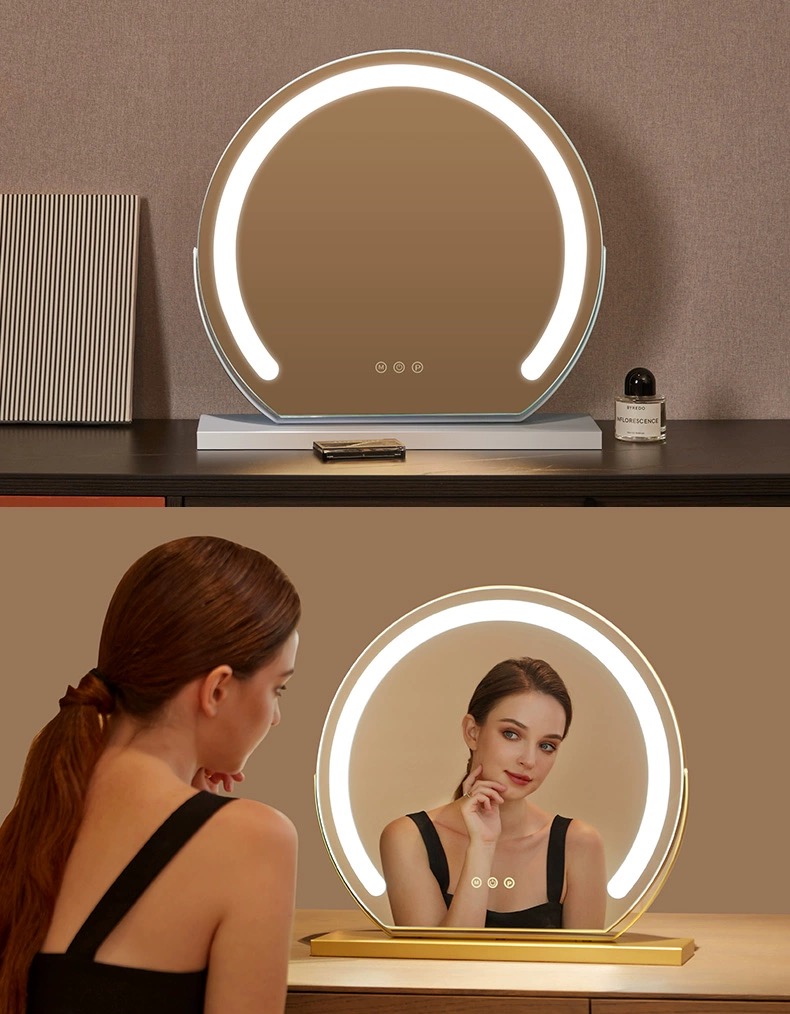

Transparent Reflective Glass The Future of Architectural Design
In the ever-evolving landscape of architectural design, materials play a pivotal role in shaping not only the aesthetic appeal of structures but also their functionality and environmental impact. Among the array of innovative materials available today, transparent reflective glass stands out as a transformative solution, which elegantly blends beauty, efficiency, and sustainability. This article explores the properties, applications, and benefits of transparent reflective glass, illustrating its potential to redefine modern architecture.
Transparent reflective glass, as the name suggests, combines the characteristics of transparency and reflectivity. Unlike traditional glass, which simply allows light to pass through, this specialized glass reflects a significant amount of solar radiation while still permitting substantial visible light to enter. This unique feature is achieved through a thin layer of metallic or ceramic coatings applied to the glass surface. The result is an impressive ability to reduce glare and control solar heat gain, thereby enhancing the comfort and functionality of spaces within a building.
One of the most significant advantages of transparent reflective glass is its energy efficiency. As concerns over climate change and rising energy costs grow, architects and builders are increasingly prioritizing sustainability in their designs. Transparent reflective glass contributes significantly to energy savings by minimizing the reliance on heating, ventilation, and air conditioning (HVAC) systems. By reflecting unwanted solar heat, buildings can maintain comfortable indoor temperatures without overworking cooling systems, resulting in reduced energy consumption and lower utility bills.
The application of transparent reflective glass is vast and varied
. In commercial architecture, it is frequently employed in skyscrapers and office buildings to create a visually striking façade while enhancing occupant comfort. The glass not only provides an expansive view of the surroundings but also allows for the creation of a dynamic and modern appearance that can set a building apart from its peers. Additionally, this type of glass is used in residential buildings and high-end homes, where it can create an illusion of openness and space while ensuring privacy from the outside.
In addition to its aesthetic and functional benefits, transparent reflective glass also provides improved safety and security. The reflective surface makes it more challenging for potential intruders to see inside a building, thus acting as a deterrent. Furthermore, advancements in glass technology have led to the development of impact-resistant versions of this glass, which can withstand extreme weather conditions and potential breakage, offering peace of mind to property owners.
Moreover, the environmental implications of transparent reflective glass cannot be overlooked. As urban areas continue to expand and green spaces diminish, it becomes increasingly important for buildings to incorporate sustainable practices. Using this type of glass can significantly reduce the heat island effect commonly associated with urban development, as it can help lower the overall temperature of surrounding areas. This aligns with global sustainability goals and contributes to the creation of healthier urban environments.
The use of transparent reflective glass is also indicative of a broader trend in architectural design towards integrating nature and the built environment. By allowing natural light to permeate through reflective surfaces, architects can create harmonious spaces that foster a connection with the outdoors. This not only enhances the mood and productivity of occupants but also encourages a sense of well-being.
In conclusion, transparent reflective glass is a remarkable material that embodies the principles of modern architecture—efficiency, aesthetic appeal, and sustainability. Its ability to reflect solar radiation while still allowing natural light to illuminate interiors makes it an invaluable asset in contemporary design. As the demand for innovative and environmentally responsible building solutions continues to rise, transparent reflective glass will undoubtedly remain at the forefront, shaping the skylines and spaces of the future. Embracing this technology will not only enhance the beauty and functionality of buildings but also contribute to a more sustainable world.